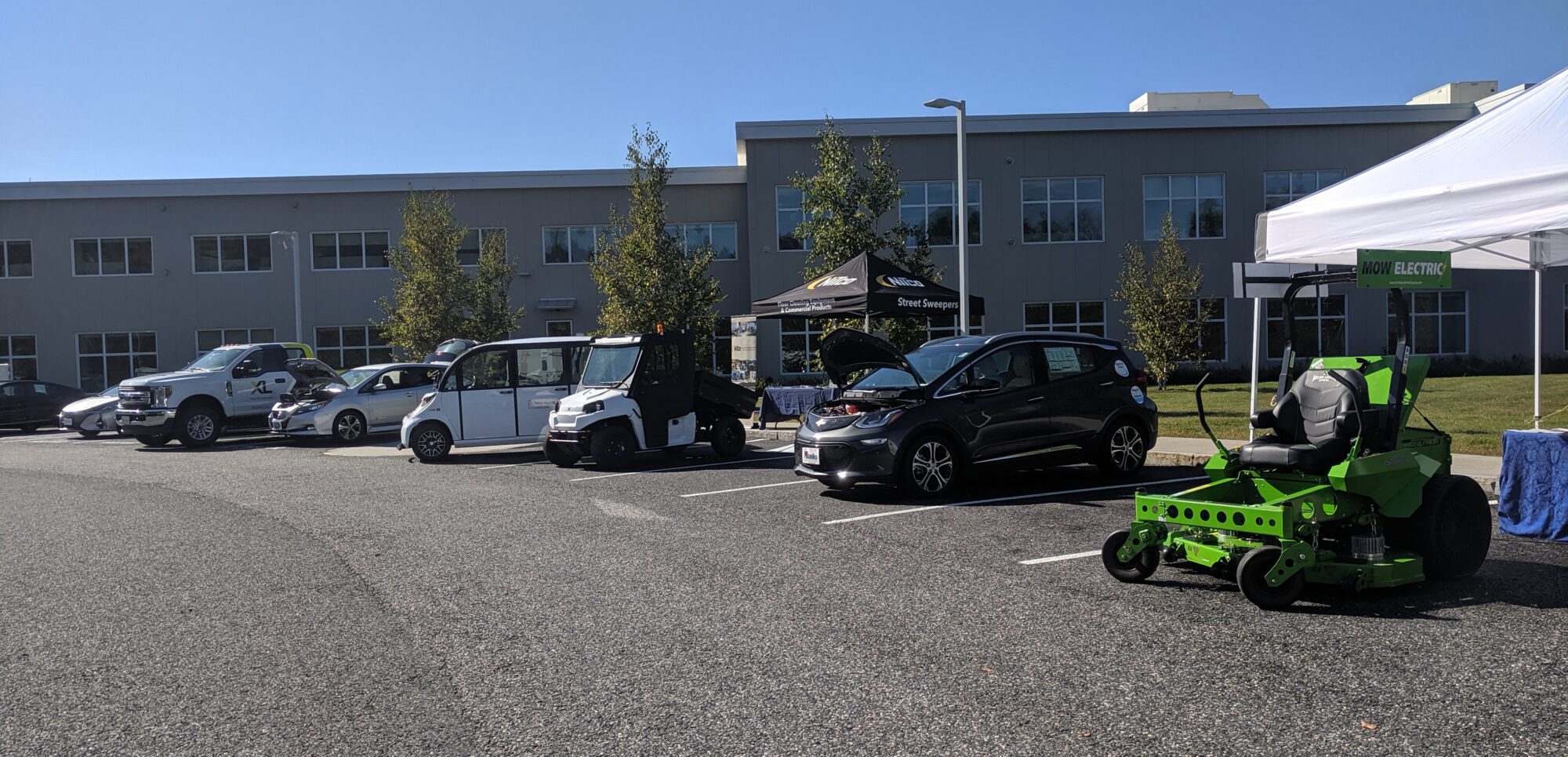Overview & Benefits
A hydrogen fuel cell creates electricity by combining hydrogen gas and oxygen to form water. The electricity is then used to power electric motors or is stored in batteries for later use. In general, fuel cells are similar to batteries; however, they do not need recharging and will continue to produce energy as long as it is being supplied. Vehicles such as the Toyota Mirai and the Honda Clarity are some of the first hydrogen fuel cell vehicles on the mainstream market.
If it is produced through an emission-free process, hydrogen has the potential to be a truly emission-free fuel. Electricity, clean water and warm air are the only “tailpipe” byproducts.
Hydrogen in Vermont
Hydrogen fuel-cell vehicles and fueling stations have only recently developed in California markets. Currently there are no hydrogen fuel-cell vehicles or fueling stations in Vermont, but Vermont Clean Cities is seeking ways to incorporate the use of hydrogen into the state’s transportation sector.

